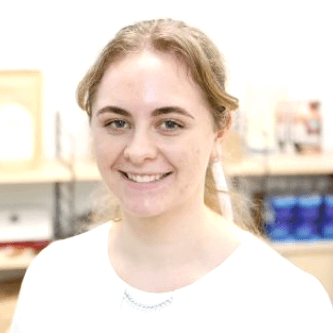Tom Cartwright, Sports Chiropractor, has been practicing ART since 2008 in conjunction with a multitude of other therapies. He is a Masters ART provider – currently full body certified with additional certifications in nerve entrapment and complex protocols. Above we see a recent photo of Tom demonstrating an Active Release Technique protocol at the Masters ART course in front of the founder, Dr Michael Leahy in June 2018.

ART is a movement-based massage technique that treats problems with muscles, tendons, ligaments, fascia and nerves. Headaches, back pain, carpal tunnel syndrome, shin splints, shoulder pain, sciatica, plantar fasciitis, knee problems, and tennis elbow are just a few of the many conditions that can be resolved quickly and permanently with ART. These conditions all have one important thing in common: they are often a result of overused muscles and otherwise referred to as repetitive strain injuries (RSI).
WHAT DOES A TYPICAL ART TREATMENT INVOLVE?
ART is a hands-on technique. After careful examination of your injury, assuming it is related to soft tissue structures, the practitioner uses carefully positioned hand contacts on your body to affect treatment.
For example, in the case of tennis elbow, the practitioner will place your hand and forearm into a specific position such that the wrist extensor muscles are in their shortest position. The practitioner places his/her contacts very specifically on a targeted muscle. He/she will then have you perform a specific [active] movement that sees the specific muscle move into its most lengthened position. Alternatively, the practitioner may choose to perform the specific movement him/herself while you remain passive.
Each muscle protocol may be administered anywhere from 3 to 6 times. You can expect a number of different muscle protocols to be used for a particular injury. The skill of an ART practitioner lies both in the application of the technique, as well as the ability to diagnose which areas to treat in the resolution of an injury.
HOW DOES IT FEEL?
Essentially, ART is a combination of massage and stretching. The sensation experienced by a patient could be described as a ‘sweet pain’. This means that whilst there might be some discomfort, there is an overwhelming feeling that there is therapeutic benefit. Patients will usually instinctively know that the practitioner has correctly identified the key area of concern, and will crave more of this ‘comfortable discomfort’.
Patients should feel well supported by their practitioner, being able to perform the instructed movements with relative ease. It should never feel agonisingly painful. Expect to feel some soreness in the area following your first consultation (3 to 5 out of 10 pain scale). This soreness may last into the next day and you should feel ready to receive further treatment two to three days later.
FREQUENCY OF TREATMENT?
Patients always want to know how quickly they can be fixed. There are stories of people being cured from their injuries after just one or two sessions. It is highly unlikely there is any truth to these stories.
Repetitive strain injuries take time to develop. By nature, it is many repetitions that lead to the state of injury. Fixing these injuries is the same – it takes time to resolve them. In addition to a period of rest, regardless of what your particular injury is, at the very least you will require four to six sessions of ART.
Treatment by a skilled ART practitioner may see positive changes in as little as one or two sessions. The frequency at which sessions are conducted is crucial. ART therapy works best with no more than two to three days in between treatment. Too much time passing between sessions will thwart the healing process. Once you start treating soft tissue injuries, you need to keep the progress going. It’s akin to keeping fit – exercising once a month is not effective whereas three times per week is.
If you cannot commit to a proposed treatment plan – do not waste your time starting. Wait until there is a period of time in your schedule when you can commit to regular treatment.
ART is just one of many techniques offered at Cartwright Physicaltherapy. If you are suffering a musculoskeletal injury, take the time to research other techniques. There is no magic bullet, and so you will most likely find a combination of therapies is the best means of treatment for your condition.

